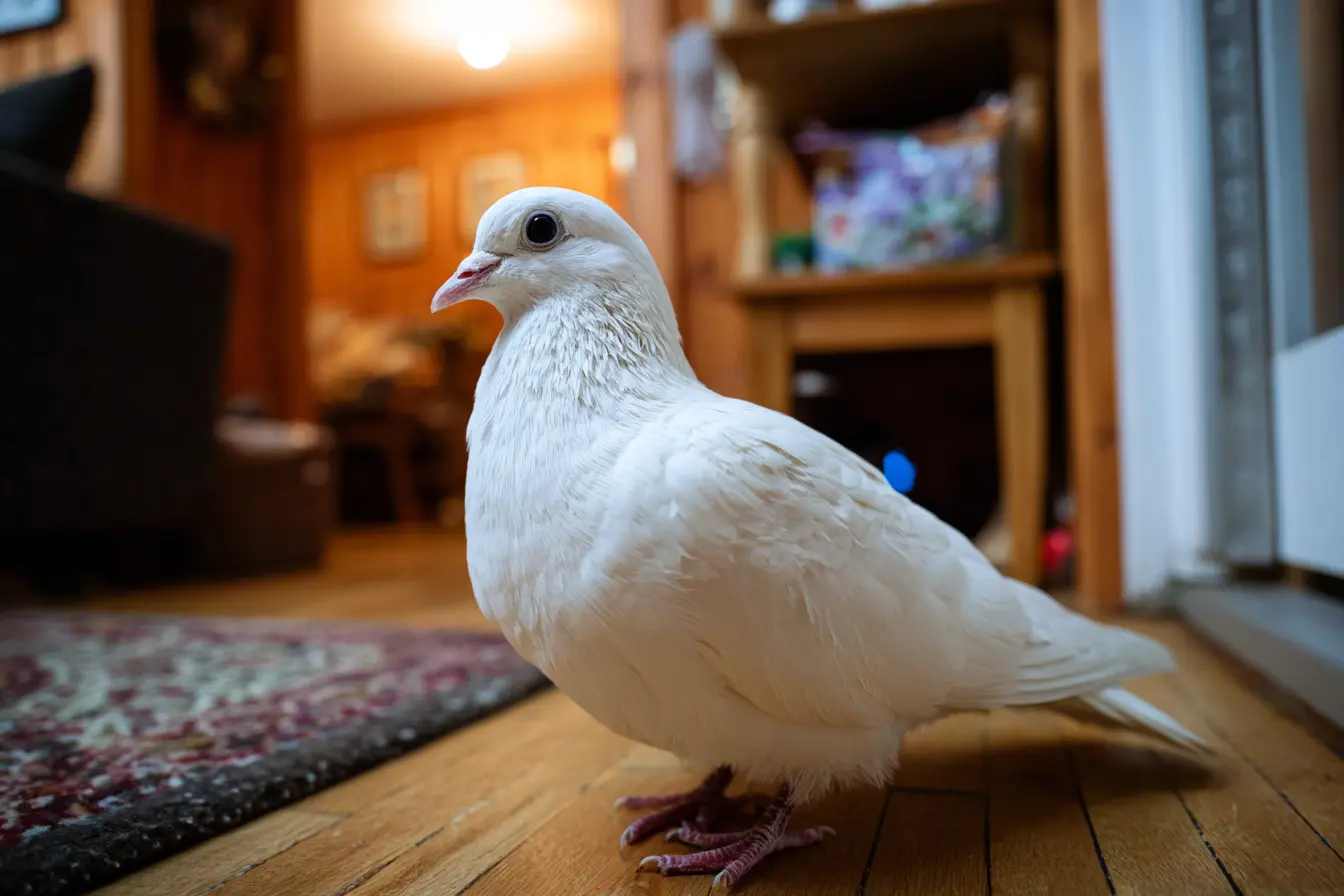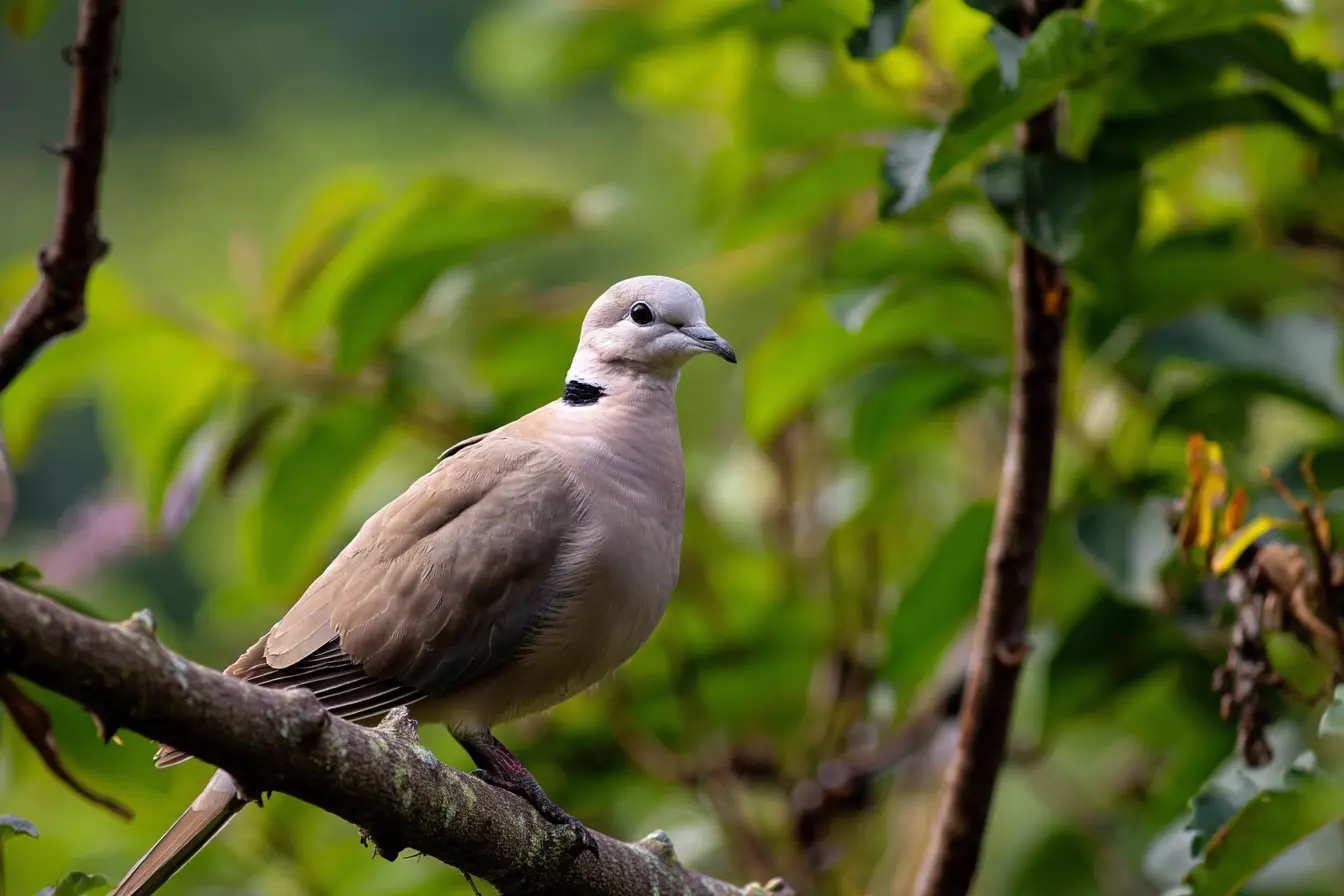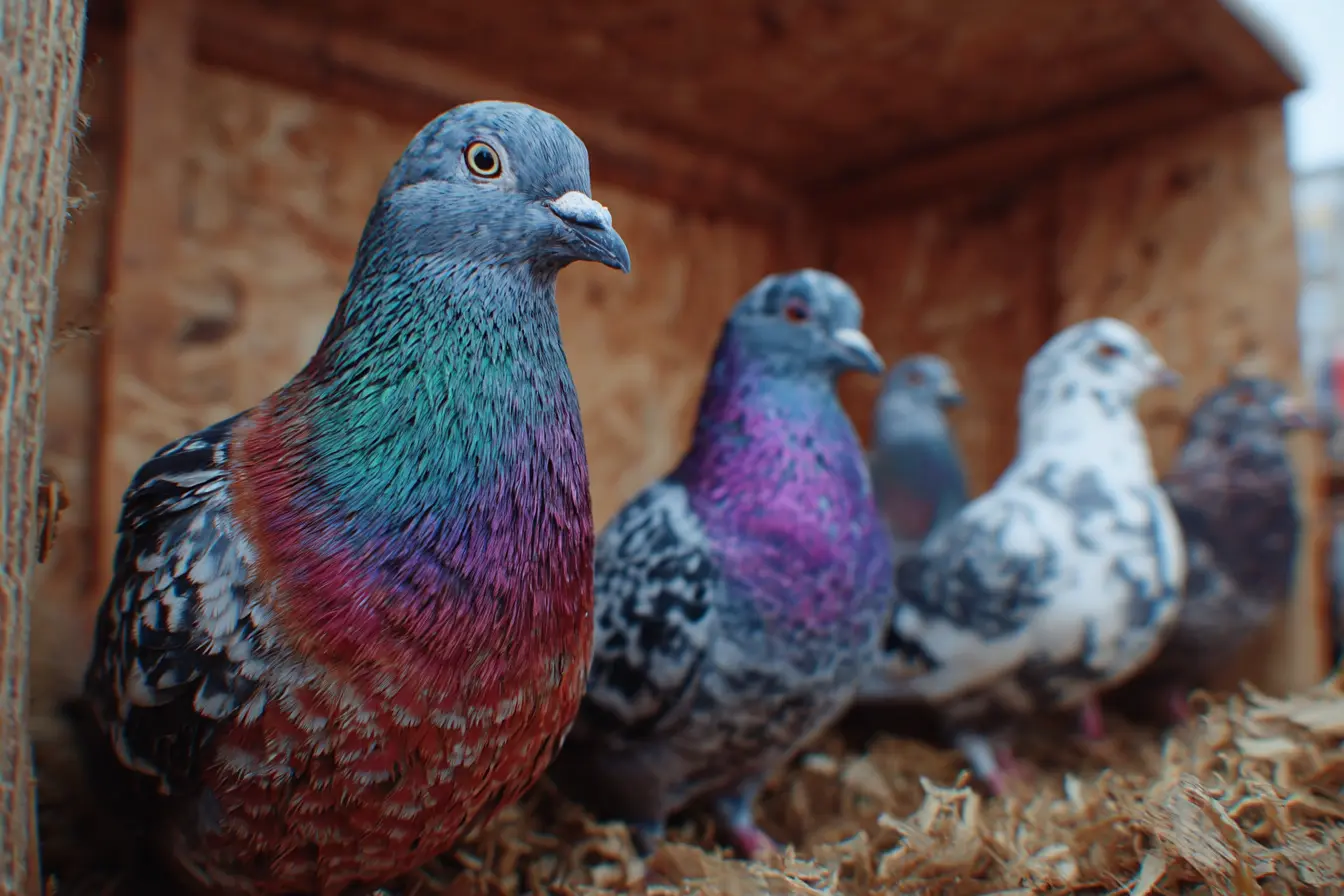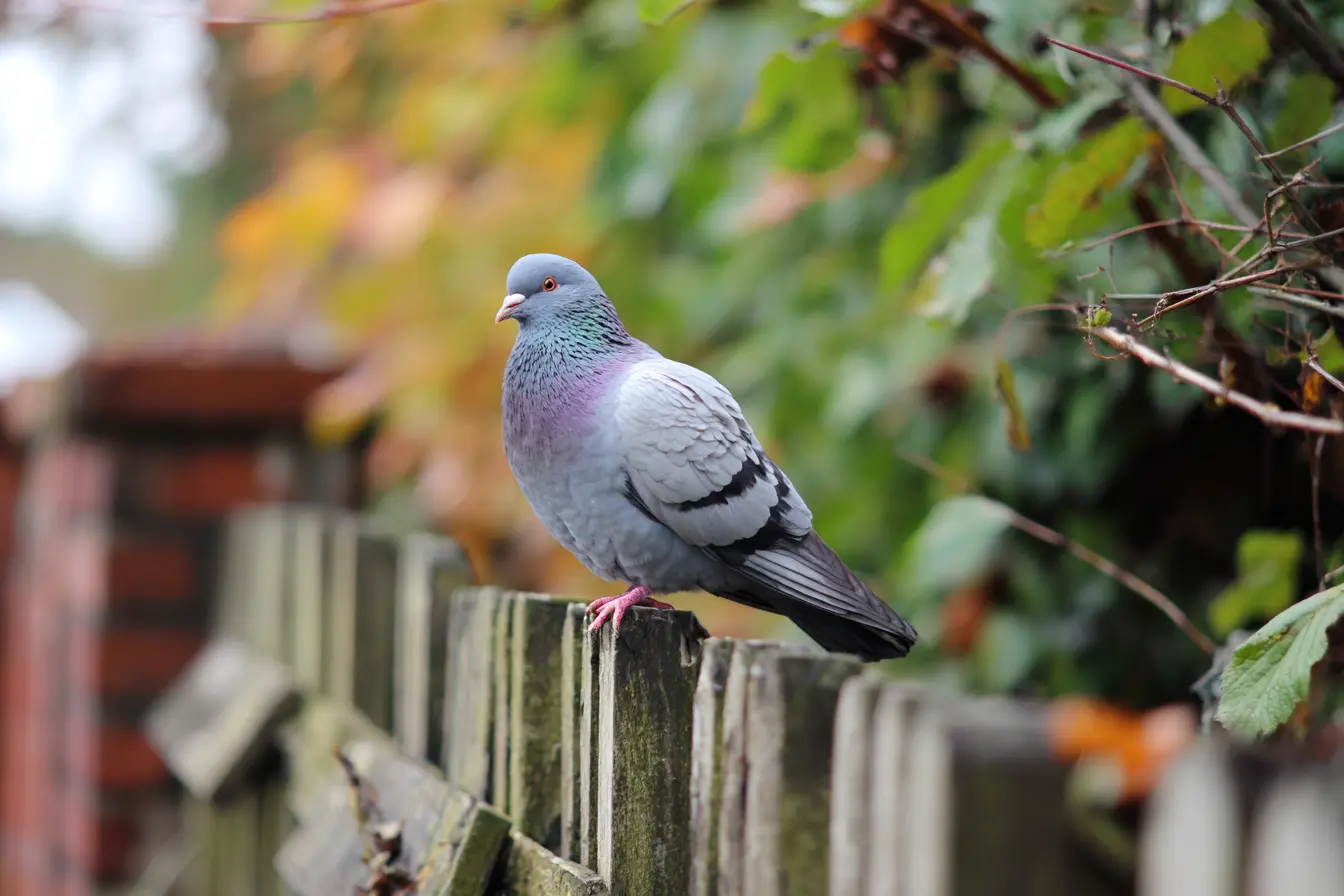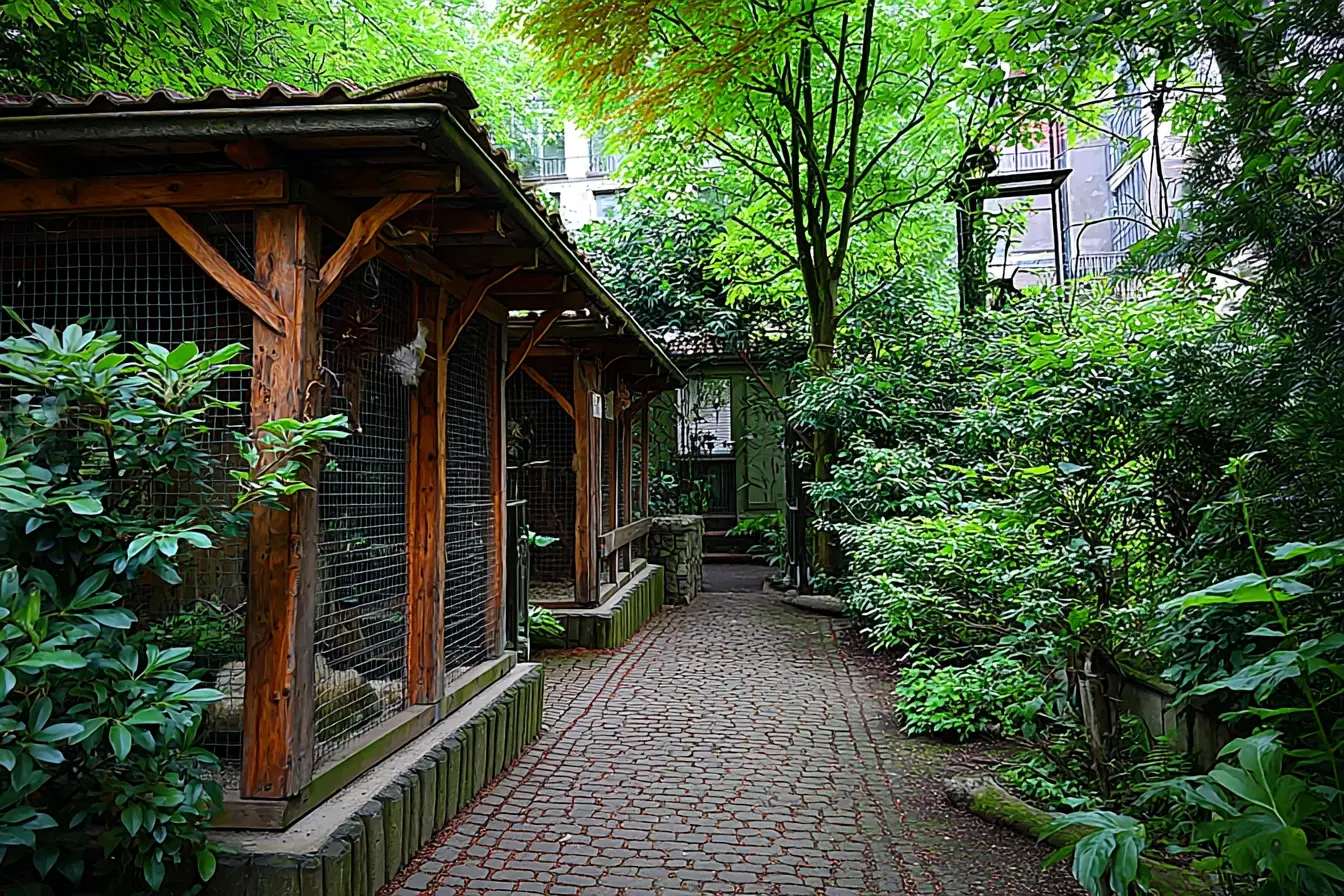
A Beginner's Guide to Setting Up a Bird Aviary
Bird aviaries are beautiful, functional spaces that provide a safe, enriching environment for your feathered friends. Whether you’re a first-time keeper or looking to expand your knowledge, this detailed guide covers everything you need to know about setting up a bird aviary in the UK.
Planning Your Aviary
Size and Space
Before you start building, consider how much space each bird species requires:
- Finches and Canaries: Minimum of 1 cubic metre per pair.
- Budgerigars (budgies): Minimum of 1.5 cubic metres per pair.
- Cockatiels: Around 2 cubic metres per pair.
- Small parrots (e.g. lovebirds, conures): At least 3 cubic metres per pair.
- Medium parrots (e.g. African Grey, Amazon): 4–6 cubic metres per bird.
- Large parrots (e.g. macaws, cockatoos): 6–10 cubic metres per bird.
Calculate the volume of your aviary:
Length (m) × Width (m) × Height (m) = Cubic Metres (m³)
For example:
An aviary measuring 2 metres long, 1.5 metres wide, and 2 metres high:
2 × 1.5 × 2 = 6 cubic metres
This size would suit a pair of small parrots or several finches.
Location
Choose a sheltered, quiet spot in your garden with protection from harsh weather and good natural light.
Choosing the Right Materials
Framework
- Treated timber: Affordable and easy to work with, but must be sealed to prevent rot.
- Galvanised steel: Highly durable and rust-resistant.
- Aluminium: Lightweight, rust-resistant, but slightly more expensive.
Mesh and Wire
- Galvanised welded mesh: Strong and long-lasting, ideal for predator-proofing.
- Mesh size: 12–15 mm for small birds; 10–12 mm for small parrots.
- Wire gauge: 16 gauge (1.6 mm) for small birds; 12–14 gauge (2–2.5 mm) for larger parrots.
Predator Proofing
- Use welded galvanised mesh instead of chicken wire, which is too weak.
- Bury the mesh or extend it outwards (30 cm deep or 30 cm flat) to stop digging predators.
- Consider a double mesh layer if you have rats, foxes, or other determined predators.
- Secure all doors with strong padlocks or predator-proof latches.
- Inspect the mesh regularly for rust or damage.
Construction Essentials
Foundation and Floor
- Concrete base: Secure and easy to clean.
- Paving slabs: A practical alternative that stops rodents burrowing.
- Wire mesh buried skirt: If using natural ground, bury welded mesh 30 cm deep to stop burrowing.
To create a natural feel, cover the hard floor with sand, gravel, or bark.
Roof and Shelter
- Solid roofing panels: Corrugated plastic or metal sheeting over one-third of the aviary for rain protection.
- Sheltered section: An enclosed, weatherproof area for birds to roost and sleep.
Furnishing and Enrichment
Add:
- Natural perches: Use real branches of varying thicknesses.
- Nesting boxes: Important for breeding or secure sleeping spaces.
- Toys and swings: Rotate regularly to keep birds stimulated.
- Bird baths: Shallow dishes to let birds bathe.
Feeding and Watering
- Provide fresh water daily in spill-proof containers.
- Use feeders that are easy to clean.
- Offer a balanced diet tailored to your birds’ species.
Maintenance and Hygiene
- Daily cleaning of water and food containers.
- Weekly cleaning of perches and toys.
- Monthly disinfection using bird-safe disinfectant.
Safety and Health
- Check for gaps or rust that could allow predators in.
- Watch for signs of illness. Birds hide sickness, so act quickly if you notice changes.
- Quarantine new birds for 30 days to prevent disease spread.
Legal Considerations
Wildlife and Countryside Act 1981
In the UK, the Wildlife and Countryside Act 1981 is a key piece of legislation protecting native wild birds and their habitats. Under this Act:
- It is illegal to capture, injure, or kill any wild bird, or to take or destroy their eggs and nests (while in use or being built).
- Keeping certain wild bird species without a licence is prohibited.
- If you plan to keep birds that are protected under the Act (such as certain native finches or birds of prey), you must have the relevant licences.
Invasive Species and Planning
- It is illegal to release or allow escape of invasive species such as Indian Ringneck Parakeets or Monk Parakeets.
- Your aviary must prevent accidental escape of these species.
- Large structures may require planning permission from your local council. Check local regulations before construction.
Final Tips
Start small and build confidence with easy-to-keep species before moving to larger parrots. Research each species’ needs carefully. With thoughtful planning and daily care, your aviary will become a thriving, happy home for your birds.
Vets near you
Speciality vets
- Aquatics vet specialists
- Birds vet specialists
- Camelids vet specialists
- Cats vet specialists
- Cattle vet specialists
- Deer vet specialists
- Dogs vet specialists
- Equines vet specialists
- Exotic vet specialists
- Goats vet specialists
- Pigs vet specialists
- Poultry vet specialists
- Sheep vet specialists
- Small Mammals vet specialists
- Wild vet specialists
